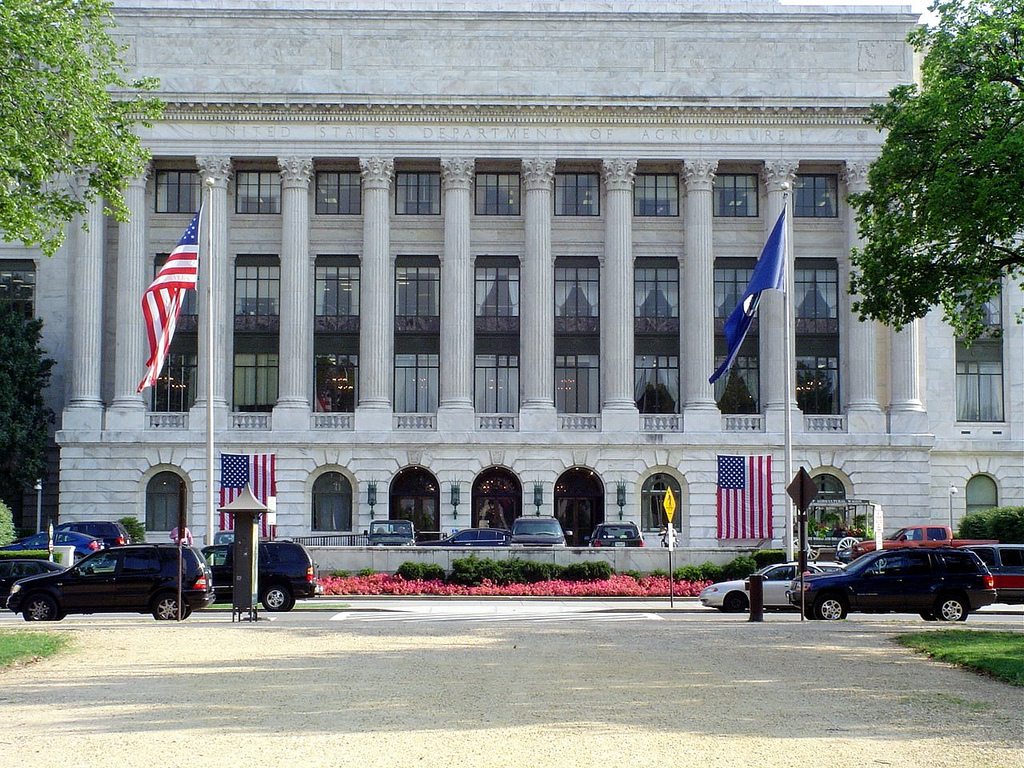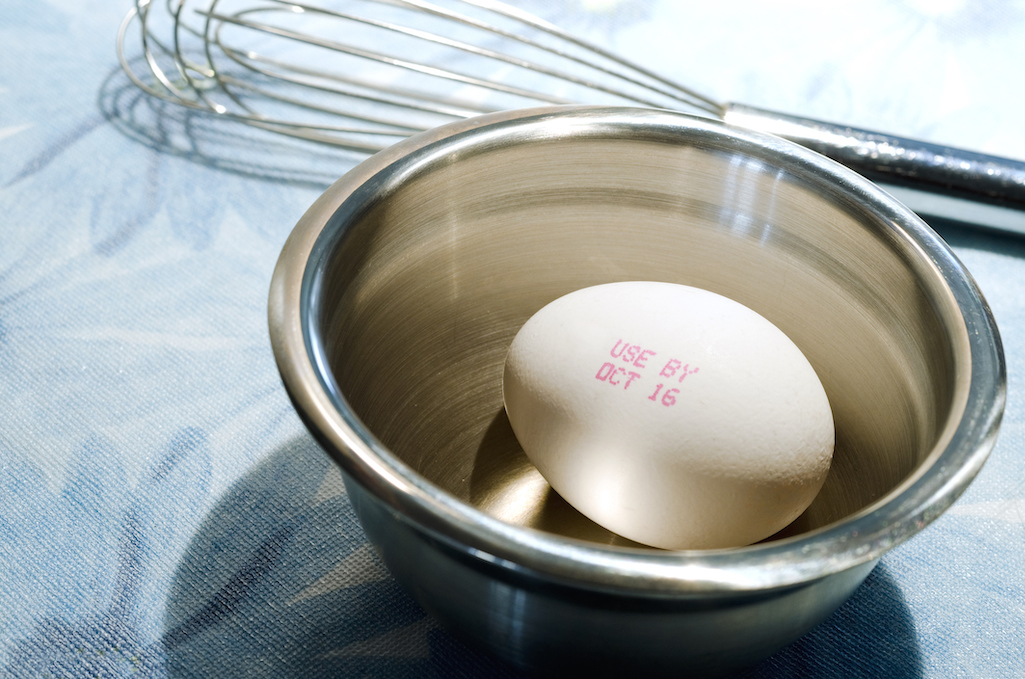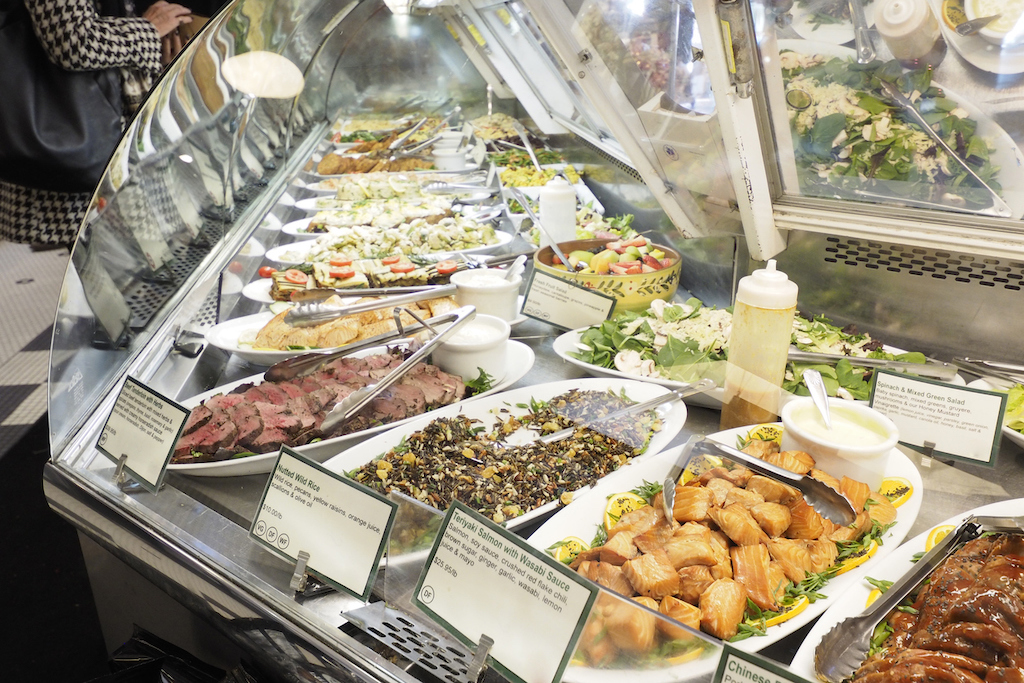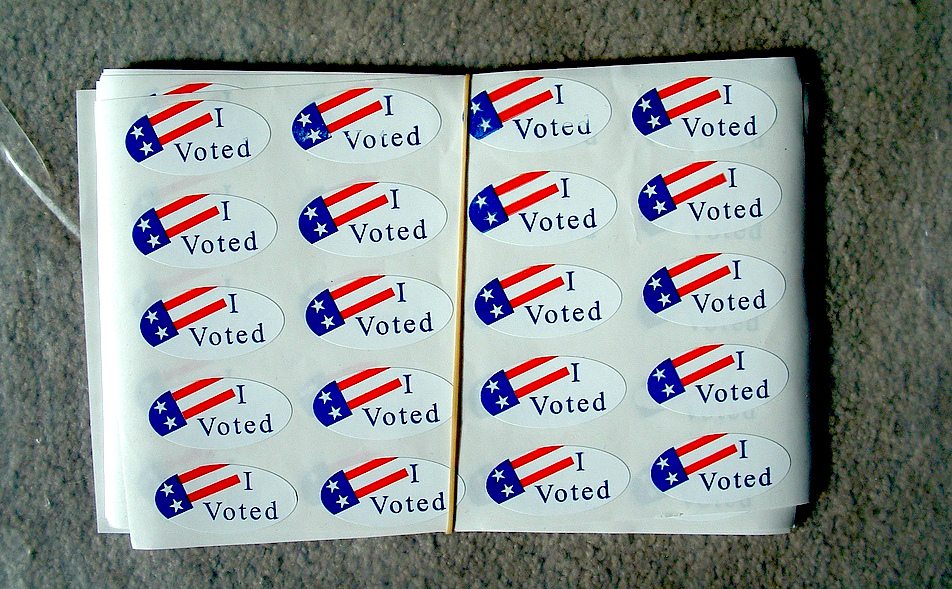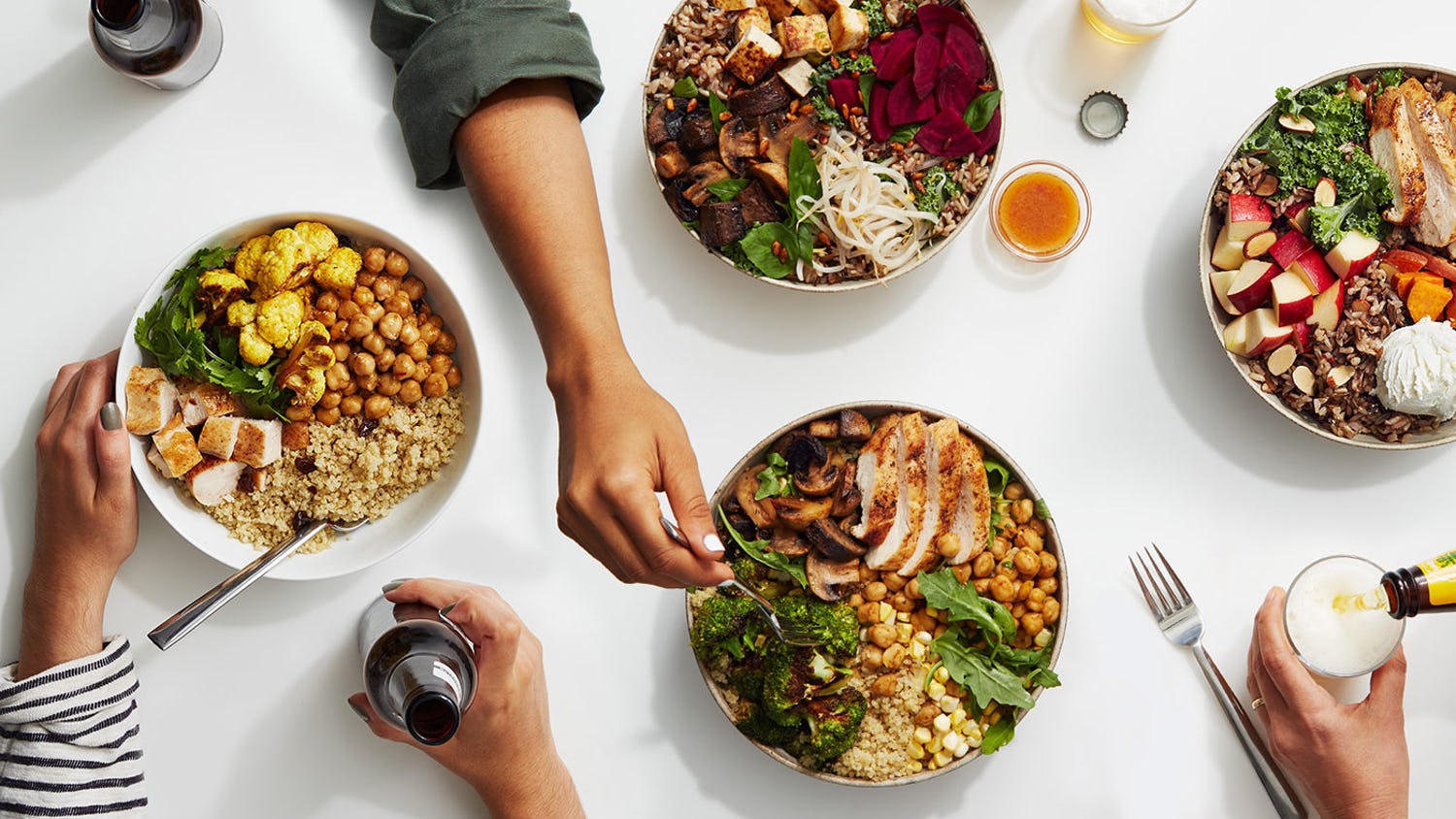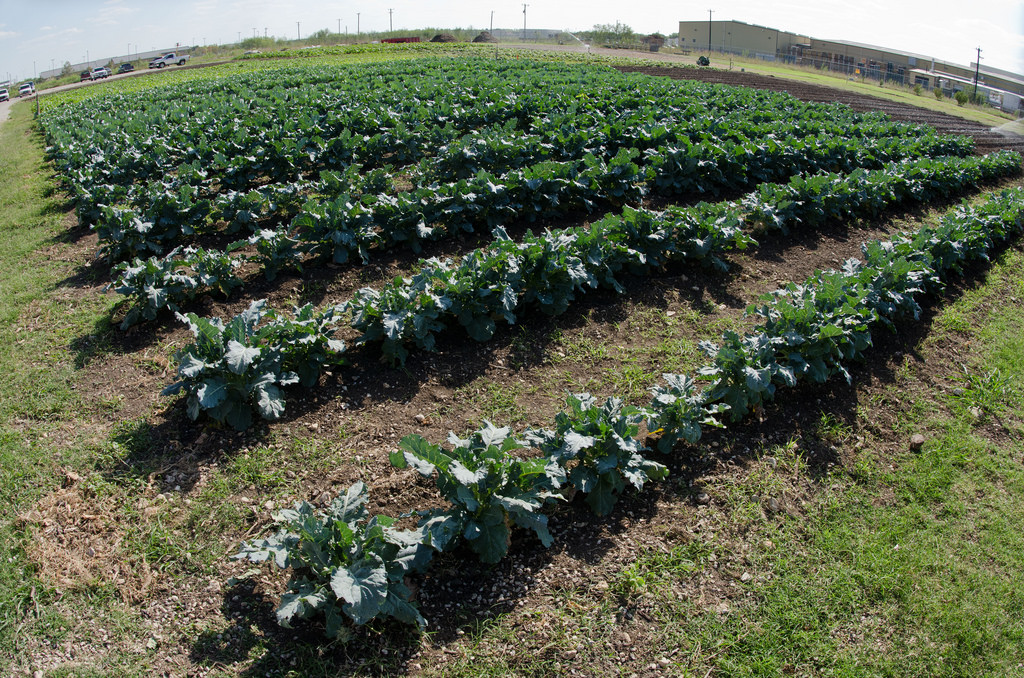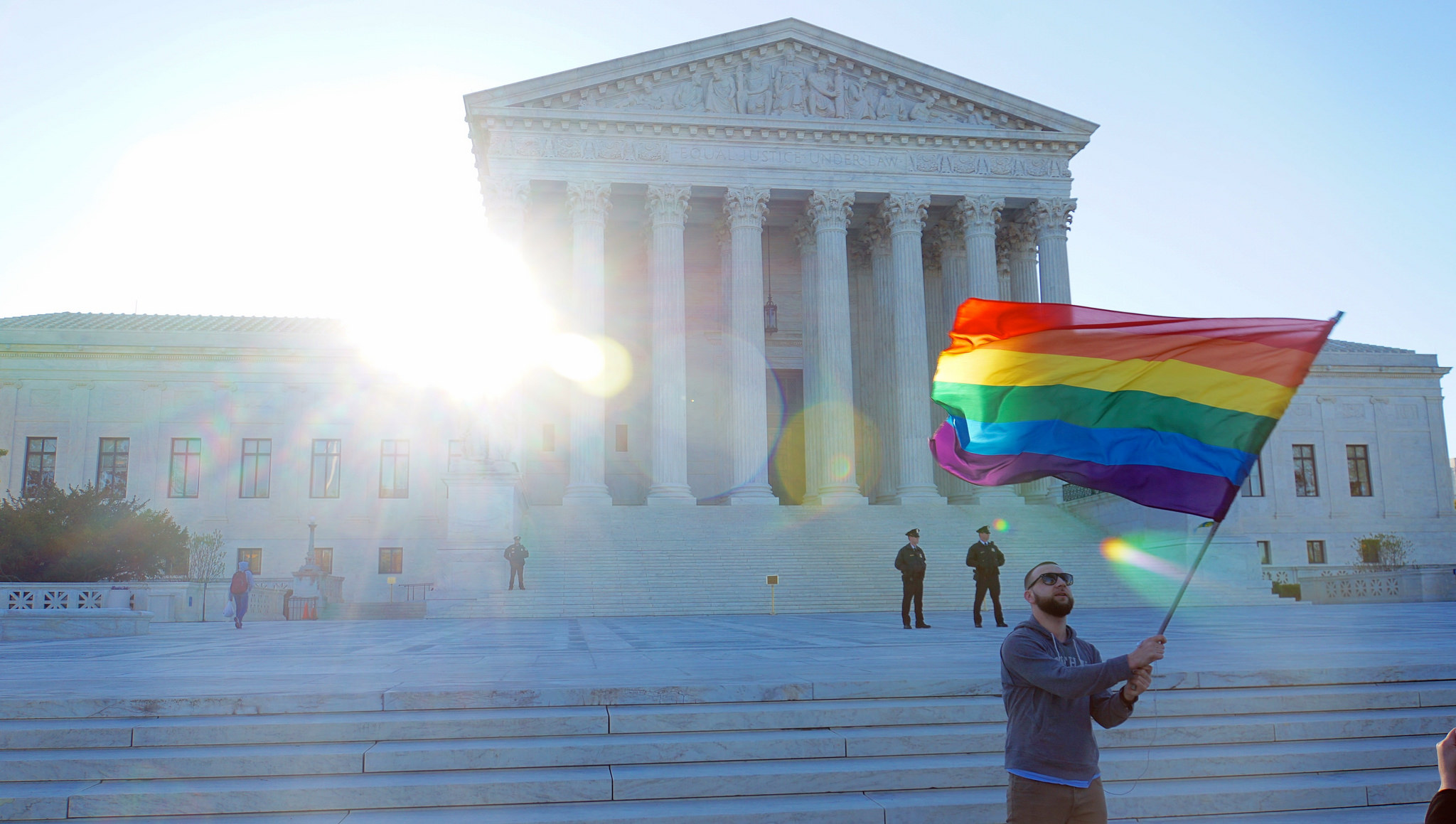SNAP chats. The House Agriculture Committee held a hearing Thursday morning on SNAP (formerly food stamps) and junk food purchases, Politico’s Morning Ag reports. The hearing revives a debate that’s surrounded the program since its inception in 1964: Should SNAP recipients be able to buy soda and junk food using federal funding?
Keep an eye out for our backgrounder on the history of this debate—It’s a fascinating one, with lots of side-switching and a surprise appearance by the Bush Jr. administration. But here’s what you need to know for now:
There are two ways junk food bans on SNAP dollars could happen. Both are unprecedented. The first would involve the United States Department of Agriculture (USDA) granting waivers to individual states to implement piecemeal bans. Minnesota was the first to ask for one of these waivers back in 2003, and USDA refused to grant it. Other states (and New York City) have since tried, but USDA has always denied them (largely on claims that implementation would be burdensome).
A state-level SNAP policy could mean individual states have the ability to define what “junk food” is. Minnesota’s proposed ban was relatively permissive—you wouldn’t have been able to buy Hershey bars with government dollars, but you could’ve bought Kit Kats (Kit Kats contain flour, the thinking goes, so they’re exempt). Minnesota based its criteria on state tax law. Find a more thorough background from Think Progress here.
On the flip side, Arkansas made moves toward a much more restrictive ban in the early weeks of 2017. The bill died in Senate committee, but it would’ve based its definition of “healthy” on the Special Supplemental Nutrition Program for Women, Infants, and Children. The permitted foods list for that program varies somewhat by state, but basing a junk food ban off the “healthy” criteria would actually mean banning SNAP users from buying things like meat, ketchup, and Greek yogurt.
The other way SNAP spending could be limited would involve a junk food or soda ban at the federal level. That would require action from Congress and would likely come up in negotiations for the next farm bill. The USDA’s Food and Nutrition Service website refers to a 2007 agency report that advises against bans, adding that “several times in the history of SNAP, Congress had considered placing limits on the types of food that could be purchased with program benefits. However, they concluded that designating foods as luxury or non-nutritious would be administratively costly and burdensome.”
We’re now accepting bets on how long it’ll take that USDA report to disappear from its website. For now, you can find it here.
